Key Issues
- Inequality in Screening Coverage - Breast screening coverage is not equal across the eligible population, in North Tyneside coverage ranges from 61.0% to 80.3% where the national target is 70% [1] (Tables 1 and 2). This variation in coverage is associated with deprivation, with lower coverage in communities experiencing more deprivation. As screening aims to diagnose breast cancer at an early stage when prognosis is best, not accessing screening exacerbates inequalities in morbidity and mortality in communities with high deprivation. Screening coverage is 57.7% amongst people with a learning disability which is significantly lower compared to the rest of the North Tyneside population [2].
- Adapting the National Screening Programme for Local Implementation - All national screening programmes are overseen by the National Screening Committee and commissioned through NHS England to ensure a universal offer to those eligible [3]. This consistency ensures quality however it can present challenges where a tailored offer for certain cohorts may be beneficial at a local level.
[1] Breast screening coverage (2024). Available at: Cancer Services - Data | Fingertips | Department of Health and Social Care [accessed 1/6/2025]
[2] RAIDR (2025), Available on request from NENC ICB
[3]National screening committee. Available at: Breast cancer - UK National Screening Committee (UK NSC) - GOV.UK [accessed 2/6/2025]
